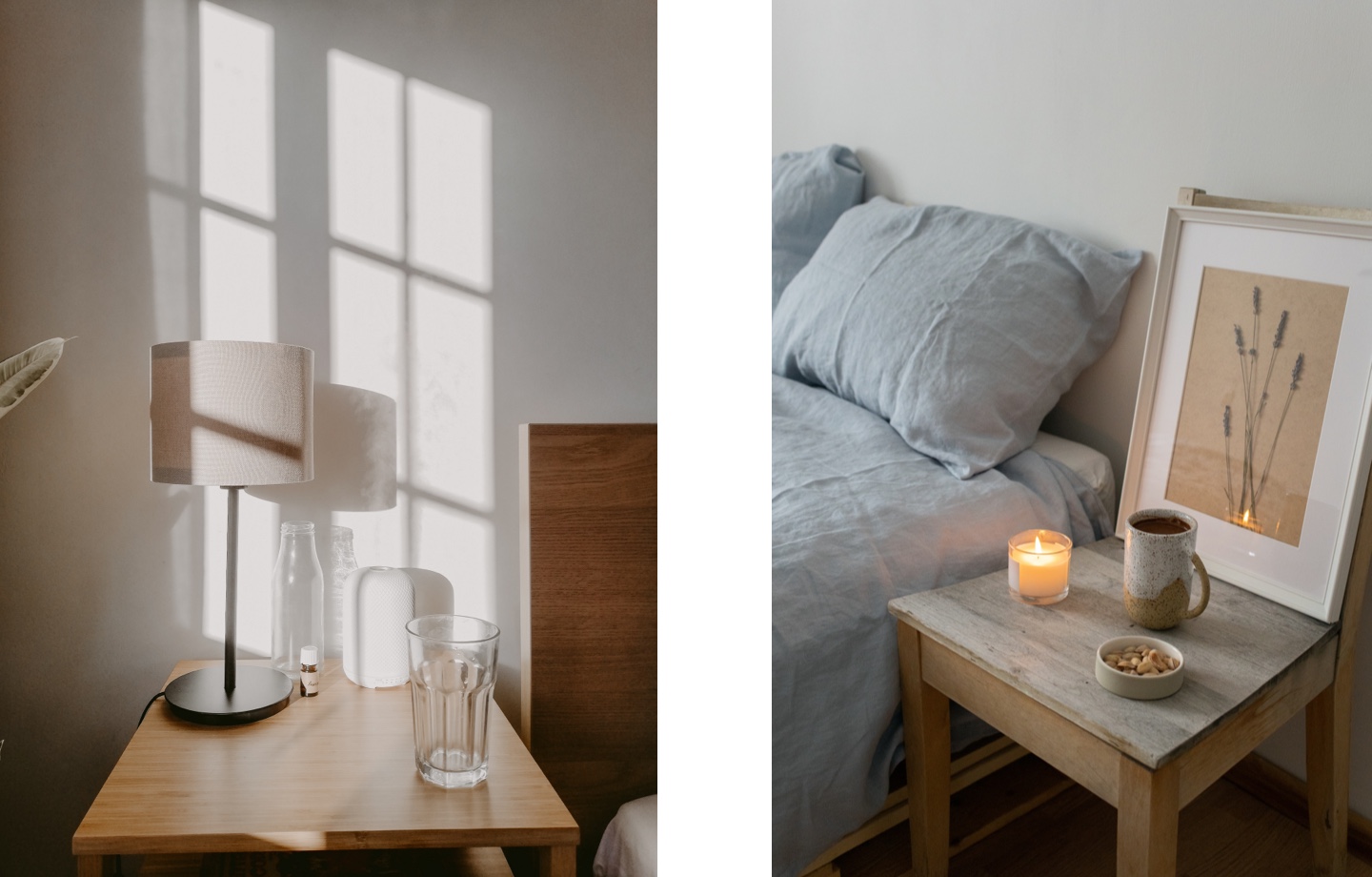Sniff out the harmful synthetic fragrances in your home and create a safer and more comfortable environment for you and your loved ones.
Fragrances are all around us. From air fresheners and household cleaners to beauty and personal care essentials, scents permeate every corner of our living spaces.
While a pleasing aroma lifts our mood or takes us on a trip down memory lane, many brands use synthetic fragrances formulated in the lab. Synthetic scents are often cheaper than naturally-derived fragrances, but they also carry invisible chemicals that can be toxic to our health and the environment. Studies show that between 80 to 90 percent of fragrances are synthesized from petroleum, a major contributor to air pollution and climate change.
Petroleum-based products are also associated with a range of health problems, including headaches, asthma, neurological and skin disorders, and cancer. In a 2016 study, one in three Americans reported adverse health effects after coming in contact with artificial fragrances. In fact, synthetic fragrances are so dangerous they’re being referred to as the new secondhand smoke due to the harmful effects of indirect and involuntary exposure.
Businesses in the U.S. are required by federal law to disclose the ingredients used in their customized fragrances. But on a label, the word “fragrance” can encompass over 3,000 ingredients. And due to the lack of transparency and regulation, many consumers remain unaware of the existence and dangers of these hidden chemicals.
Ready to rid your home of toxic scents? Here’s how to detoxify your home of synthetic fragrances.
Read more: 12 Non-Toxic Replacements for the Things You Use Every Day
Synthetic fragrances are commonly found in air fresheners, laundry detergents, shampoos, and a variety of cleaning products. Start by going through your cupboard and scanning the ingredient lists.
Steer clear of products that contain the words “fragrance” or “parfum” and beware of terms like “unscented” or “fragrance-free,” which can be misleading. For example, the product may contain no smell, but fragrances may be used to amask or neutralize the odors of other ingredients.
Fragrances can cover up an undesirable scent, but a natural deodorizer gets to the nitty-gritty of the problem by absorbing or eliminating the odor-causing particles. Baking soda, charcoal, vinegar, and tea leaves are all known to be effective home remedies for getting rid of unwanted odors, and most of these ingredients already exist in your pantry. Not only are natural deodorizers great for eliminating bad smells without endangering your health, they’re also an opportunity to reuse food scraps — like ground coffee and lemon wedges — for extra scrubbing power or cutting through tough grease.

Read more: DIY Scented Fabric Spray
If you’re finding it difficult to go completely scentless, opt for essential oils. Typically extracted from plants, these naturally derived oils smell just as nice and are longer-lasting than synthetic fragrances. They also contain aromatherapeutic benefits to help with stress, anxiety, and sleep. You can even add a few drops of your favorite essential oils to a homemade all-purpose cleaner to give your house a fresh scent.
Candles are one of the most popular scented products in the U.S. But the vast majority of candles on the market are made of paraffin wax, which is derived from petroleum.
To avoid breathing in toxic chemicals, switch to natural alternatives like beeswax, soil wax, or palm wax. Soy candles, for example, are safer to burn and better at emitting scents than their paraffin wax counterparts. Regardless of the candles you choose, make sure to burn them in a ventilated space and avoid inhaling the smoke directly.

Read more: How to Make Your Own Candles
Detoxifying your home doesn’t need to be a chore; it can be fun! Get creative by making DIY scents with various combinations of fruits, herbs, and flowers. Many readily available recipes involve dehydrating and simmering these ingredients to fill your space with delightful smells. (Here are some great ideas for making DIY potpourri.) Even better — you can arrange your potpourri creations into a centerpiece to display in your home or package them into sachets to give away as gifts.
Have feedback on our story? Email [email protected] to let us know what you think!

Shop Pillows
The Essential Organic Pillow Collection
Gentle, breathable, non-toxic support.





